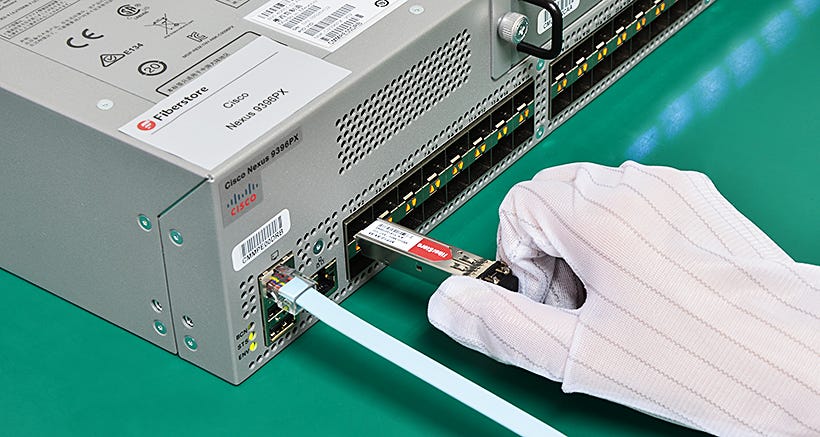The Rise of Printed Electronics
Printed electronics offer a new paradigm for integrating electronic devices into everyday objects and applications. Using printing techniques, electronics can now be directly integrated into substrates like plastic, paper and fabric. This enables a new generation of flexible, lightweight and low-cost electronic products. In this article, we explore the emerging field of printed electronics and examine how it is set to impact various industries.
Foundational Printing Technologies
The core printing technologies enabling printed electronics include screen, rotary, inkjet and aerosol jet printing. Screen printing involves pressing ink through a stencil to deposit it onto a substrate. It is a simple and inexpensive technique suitable for large manufacturing volumes. Rotary printing employs rollers to transfer ink at high speeds, making it scalable for continuous production. Inkjet printing works by digitally jetting tiny droplets of liquid inks or pastes. It offers high-resolution deposition and customizability. Aerosol jet printing utilizes a focused stream of droplets to deposit ultra-thin films with micrometer-level precision. These technologies provide diverse capabilities for depositing conducting, semiconducting and insulating materials.
Emerging Applications
Printed electronics have the potential to transform a wide range of industries by enabling new product form factors and use cases. Some of the promising application areas include:
– Healthcare Monitoring Devices
Printed sensors are enabling low-cost, disposable health monitoring patches, bandages and stickers. These can track vital signs, perform diagnostic tests and deliver drug doses. This will make personalized healthcare more accessible worldwide.
– Flexible Displays and Lighting
Printing methods are driving the development of lightweight, rollable displays for next-gen consumer devices like e-readers, smartphones and smart watches. Organic light-emitting diodes (OLEDs) fabricated using printing offer a more eco-friendly alternative to LED lighting.
– Smart Packaging and Labels
Embedding printed RFID antennas, sensors and electronics in packaging material is improving supply chain traceability and enabling interactive smart labels. This will enhance product security, prevent counterfeiting and provide consumers with interactive product experiences.
– Photovoltaics
Printing processes like inkjet printing are enabling cheap, large-area fabrication of thin-film solar cellsideal for building-integrated and portable applications. This brings the vision of ubiquitous low-cost renewable energy generation a step closer.
Commercial Readiness
While printed electronics is still an emerging field, several products are already commercially available with many more in the prototyping and pilot production stages. For example, Quad Industries sells printed touch sensor panels for automotive and appliance controls. PolyIC produces inkjet-printed RFID tags and near-field communication chips for logistics and anti-counterfeiting. Among consumer products, Plastic Logic’s plastic screens and Cambrios’ conductive inks-enabled privacy filters have gained popularity in recent years. On the industrial side, DuPont and LG Display lead printed OLED display manufacturing.
Many key materials, processes and printing systems have also achieved a high degree of optimization for scaled production. This reflects the maturing status of printed electronics manufacturing as an industry. Longer-term, with further technology advancements, print-based fabrication has the potential to achieve costs comparable to conventional electronics making while enabling all-new form factors.
Roadblocks and Future Outlook
Despite the impressive progress, printed electronics still faces barriers like limited resolution, throughput issues and reliability challenges compared to traditional manufacturing methods. Continuous innovation is needed to push the boundaries of printing technologies. Materials development also remains an active area, with opportunities to create next-gen inks, pastes and substrates with enhanced properties. Cost-effective process integration, reel-to-reel scaling up and quality assurance also warrant attention.
Looking ahead, printed electronics seems poised to proliferate as a mainstream manufacturing platform over the coming decade. Its unique ability to integrate electronics virtually anywhere at minimal incremental cost presents fertile opportunities across industries. As the technology addresses continuing challenges through R&D, its applications horizon will keep expanding. New use cases beyond traditional electronics are also rising, such as bioprinting, which marries electronics with 3D tissue engineering. With collaborative efforts across industries and research domains, printed electronics can significantly reshape global commerce, human wellbeing and sustainability. The future of this field promises to be nothing less than transformative.
Note:
1. Source: Coherent Market Insights, Public sources, Desk research
2. We have leveraged AI tools to mine information and compile it




